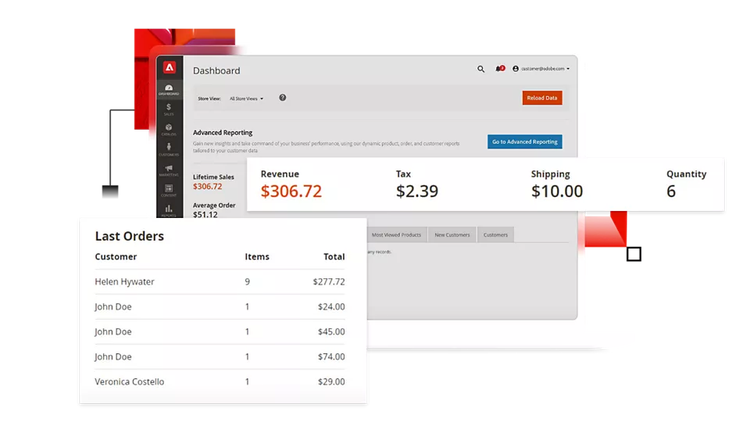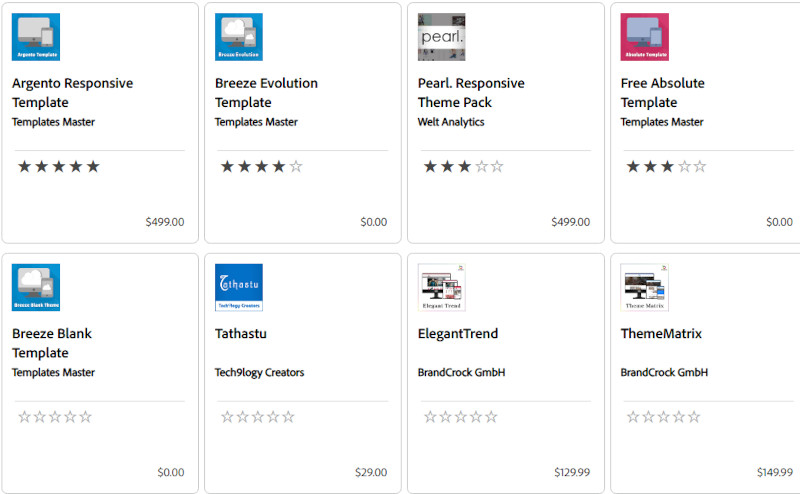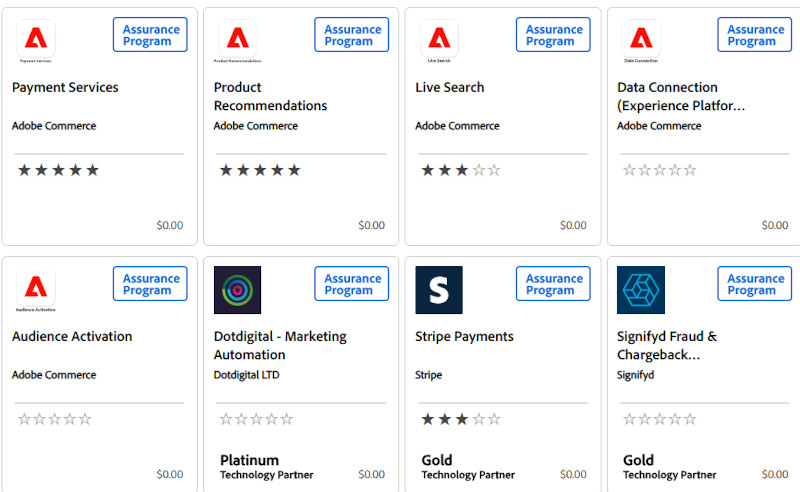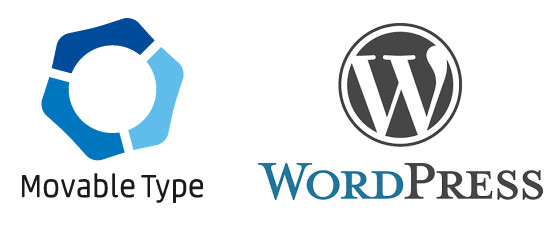
Adobe Commerce Open Source (formerly Magento Open Source)

Adobe Commerce Open Source (formerly Magento Open Source) is a powerful, open-source e-commerce platform designed for businesses that require robust functionality and extensive customization. It’s favored by developers and technically proficient teams due to its flexibility and scalability. While free to download and use, it demands significant technical resources for setup, maintenance, and optimization. Unlike simpler platforms, it requires a strong understanding of development concepts, server management, and database administration.
The platform is highly extensible through a large marketplace of third-party extensions, allowing users to add a vast range of features from marketing tools to payment gateways. However, managing these extensions and their compatibility can be challenging. Users are responsible for security updates, bug fixes, and server configurations, and lack the direct support offered by the paid Adobe Commerce version. While it provides extensive flexibility, the burden of site maintenance and performance optimization rests squarely on the users.

Who should use Adobe Commerce Open Source?
Adobe Commerce Open Source is best suited for those who:
- Have strong technical expertise: This platform is ideal for developers or organizations with skilled in-house IT teams comfortable with complex system management.
- Need complete customization: The platform provides extensive control over every aspect of an e-commerce site, making it suitable for those with very specific requirements.
- Are willing to invest in maintenance: Users must be prepared to handle security updates, performance optimization, and potential compatibility issues without direct vendor support.
This open-source platform is not recommended for those who prefer a quick and easy setup or lack the in-house technical resources to manage a complex e-commerce site. While it offers considerable flexibility and control, it also places the responsibility for site performance, security, and updates firmly on the shoulders of the user.

Adobe Commerce Open Source Features
Adobe Commerce Open Source offers a solid core for e-commerce functionality.
Customization (With Extensions):
- Extensibility: Highly extensible via a marketplace of extensions for both free and paid options.
- Theme Customization: Supports custom themes for full control over site design and appearance.
- Module Development: Allows developers to build custom functionalities via modules.
- API Access: Provides comprehensive API access for integrations with other systems.
Responsive Design:
- Theme Compatibility: The open source platform requires responsive themes that ensure the best experience across devices.
SEO (Requires Extensions/Configuration):
- Basic Structure: The core system provides basic SEO elements such as meta tags, and URL configurations.
- SEO Extensions: You can add comprehensive tools for managing meta descriptions, titles, XML sitemaps, and robots.txt via third-party or developer-created modules.
Advanced Features:
- Catalog Management: Comprehensive tools for product listings, categories, and attributes.
- Order Management: Manage orders, shipments, and refunds through a robust administration panel.
- Customer Management: Handle customer accounts, permissions, and shopping preferences.
- Marketing Tools: Supports basic promotional capabilities but relies on modules for advanced tools.
- Payment Gateways: Integrated with several payment gateways with additional options via extensions.
Development Tools:
- Open Source: A highly customizable platform for developers with direct access to the source code.
- Command Line Interface (CLI): Drush provides CLI tools for system maintenance and configuration.
- Debugging tools: Useful for troubleshooting and development purposes.
💵 Pricing
Adobe Commerce Open Source is free to download and use, but significant costs can accumulate:
Self-Hosted Costs:
You'll incur costs for hosting, which can range from $20 to $500+ per month, depending on server size and traffic. Other associated costs can be from premium extensions, custom development, and maintenance.Development Costs:
Depending on your complexity, you may need to hire Magento-specific developers, who will require a more significant project investment.
👍Pros of Adobe Commerce Open Source
Customization & Flexibility:
Extensive customization options to meet very specific business requirements.Scalability:
Designed to handle large product catalogs and high volumes of traffic, suitable for growing businesses.Control:
Provides complete control over the platform’s architecture and code.Extensibility:
Large marketplace of available extensions to expand functionality.Open-Source:
Access to a large open-source community, but with limited direct support.
👎Cons of Adobe Commerce Open Source
Technical Expertise Required:
Requires advanced technical skills for setup, configuration, and maintenance.Self-Hosted and Self-Managed:
Users must manage all aspects of hosting, security, and updates.Maintenance Burden:
Keeping extensions, core, and themes updated can be time-consuming and complex.Limited Direct Support:
Direct support is limited to community resources, lacking the vendor support of the paid version.Extension Conflicts:
Incompatibilities between extensions can be common, requiring troubleshooting.Costly if Managed:
If development is contracted externally, the costs can grow rapidly.
→ Conclusion
Adobe Commerce Open Source (formerly Magento Open Source) is a powerful, highly customizable, and scalable e-commerce platform ideal for businesses with strong technical resources that demand full control. The flexibility and extensibility it offers come at the cost of a steep learning curve and the responsibility of maintaining and securing the platform. Users must be prepared to invest the time, resources, and expertise needed to manage the platform effectively, and should be comfortable in doing so without direct vendor support. If your organization is technically adept and seeking complete control, then this could be the right solution. However, if you are not technically inclined or need a more supported solution, other platforms may be more suitable.
🔑Key Takeaways:
- Customizable: Highly customizable and flexible with a robust extension ecosystem.
- Technical: Requires significant technical knowledge and resources.
- Self-Managed: Users are responsible for all aspects of hosting and maintenance.
- Scalable: Designed to handle large product catalogs and high traffic volumes.
- Free but Costly: The software is free, but development and hosting can lead to substantial costs.
- Community Support: Relies mainly on community-driven support rather than direct vendor support.
Recommendation:
Adobe Commerce Open Source is recommended for businesses that require a high degree of customization and have the technical expertise and resources to manage a complex platform. It’s well-suited for larger organizations that value control and flexibility. This platform is not recommended for startups or small businesses that are not technically inclined or prefer a simple, supported option. Consider all the costs involved, including hosting, development, and ongoing maintenance. Users should be prepared to handle troubleshooting and updates. For those who require a more direct and supported solution, the paid Adobe Commerce might be a better fit.


 Add Comment
Add Comment


